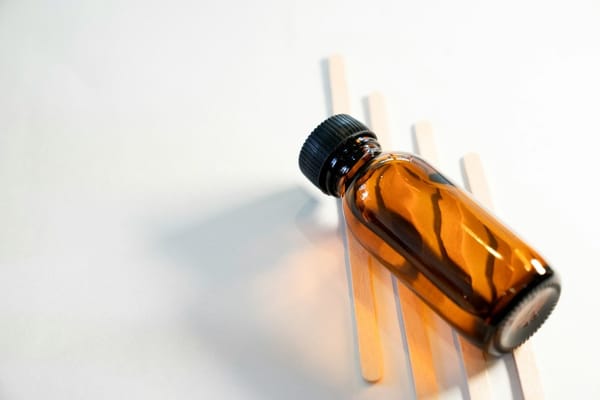Acupuncture, an ancient healing practice rooted in Traditional Chinese Medicine (TCM), has gained significant traction in the Western world as an effective method for pain management. This millennia-old technique, once viewed with skepticism by modern medicine, is now increasingly recognized for its potential to alleviate various types of pain. Let's explore how this ancient wisdom has found its place in contemporary healthcare, backed by scientific research and clinical evidence.
The ancient roots of acupuncture
Acupuncture's history dates back over 3,000 years, with its earliest recorded use during the Stone Age[1]. The practice was first documented in the ancient Chinese medical text Huang Di Nei Jing, also known as The Yellow Emperor's Classic of Internal Medicine[1]. This foundational text established the principles of qi (life energy) and the concept of meridians, or energy pathways in the body.
According to TCM philosophy, pain and illness result from imbalances or blockages in the flow of qi. Acupuncture aims to restore this balance by stimulating specific points along the meridians using thin needles[3].
Modern scientific understanding
While the traditional concepts of qi and meridians may seem esoteric to Western medicine, modern research has uncovered physiological mechanisms that help explain acupuncture's effectiveness:
Neurological effects: Studies have shown that acupuncture stimulates the release of endorphins, the body's natural pain-relieving chemicals[7].
Anti-inflammatory action: Research indicates that acupuncture can reduce inflammation, a common source of pain in many conditions[5].
Improved blood flow: Acupuncture has been found to increase local blood flow, which may contribute to pain relief and healing[7].
Central nervous system modulation: Brain imaging studies have revealed that acupuncture can affect activity in areas of the brain associated with pain processing and perception[7].
Evidence-based efficacy
A growing body of research supports acupuncture's effectiveness for various pain conditions:
Chronic pain: A meta-analysis published in the Journal of Pain concluded that acupuncture is effective for chronic pain conditions and that its effects persist over time[5].
Lower back pain: Multiple studies have shown acupuncture to be beneficial for lower back pain, with some suggesting it may be more effective than conventional treatments[5].
Headaches and migraines: Acupuncture has demonstrated efficacy in reducing the frequency and intensity of both tension headaches and migraines[5].
Osteoarthritis: Research indicates that acupuncture can provide significant pain relief and improved function for patients with osteoarthritis, particularly of the knee[5].
Integration into modern healthcare
As evidence for acupuncture's efficacy has grown, it has increasingly been integrated into mainstream healthcare:
- In 1997, the National Institutes of Health (NIH) acknowledged acupuncture as an effective therapy for a wide range of health conditions[1].
- The U.S. Food and Drug Administration (FDA) classified acupuncture needles as medical instruments in 1995[1].
- Many insurance plans now cover acupuncture treatments for certain conditions[5].
- Acupuncture is increasingly offered in hospitals and pain clinics alongside conventional treatments[6].
Conclusion
The ancient practice of acupuncture has stood the test of time, evolving from a traditional healing art to a scientifically-supported therapy for pain relief. While more research is needed to fully understand its mechanisms and optimize its use, the growing body of evidence suggests that acupuncture offers a valuable, non-pharmacological option for pain management.
As our understanding of pain continues to evolve, integrating ancient wisdom with modern scientific insights may provide more comprehensive and effective approaches to pain relief. For those seeking alternatives or complements to conventional pain treatments, acupuncture represents a bridge between traditional healing practices and contemporary medicine, offering hope for improved pain management and quality of life.
Citations:
[1] https://www.amcollege.edu/blog/history-of-acupuncture
[2] https://pubmed.ncbi.nlm.nih.gov/24215915/
[3] https://www.ncbi.nlm.nih.gov/pmc/articles/PMC9434305/
[4] https://www.mountsinai.org/health-library/treatment/traditional-chinesemedicine
[5] https://www.aafp.org/news/health-of-the-public/20180521acupuncture.html
[6] https://www.frontiersin.org/journals/neuroscience/articles/10.3389/fnins.2023.1235111/full
[7] https://www.ncbi.nlm.nih.gov/pmc/articles/PMC4104560/
[8] https://www.iasp-pain.org/resources/fact-sheets/acupuncture-for-pain-relief/















Member discussion